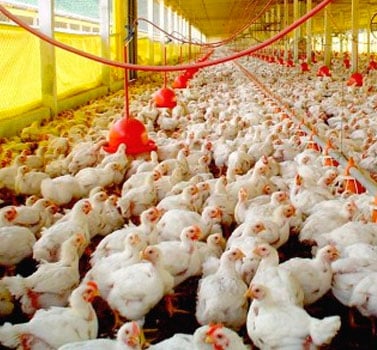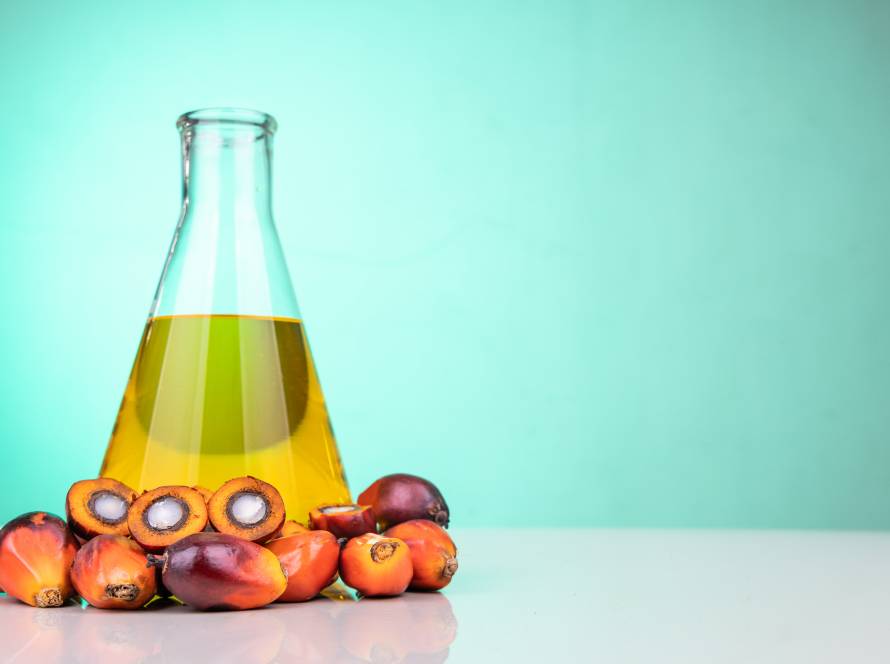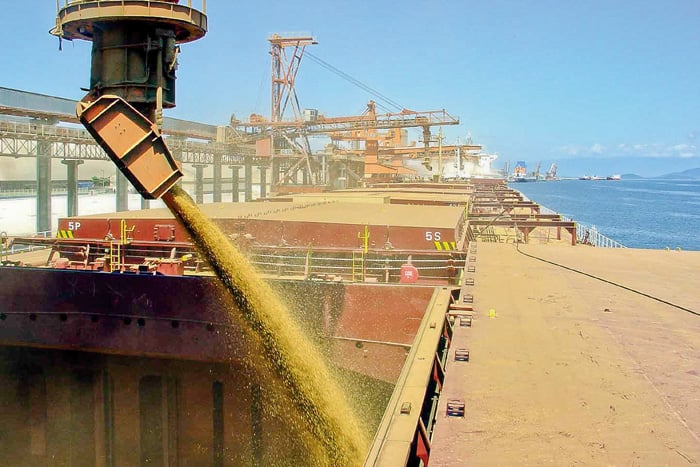![]()
Unlike what happens in Brazil, where tomato producers sell their own fruit and essentially for the domestic market, in the Almería region of Spain the predominant model is cooperatives and the focus is on exporting to other countries on the continent.
Among the cooperatives in the region, the largest is Casi, which is also one of the largest in all of Europe. There are more than 1,700 associated producers who account for around 2,100 hectares of tomatoes produced in the province of Almería.

During the BASF Nunhems Journey in Europe, Notícias Agrícolas was with the Brazilian group visiting two of the facilities of the cooperative that began its activities 80 years ago, in 1944, and employs up to 1,100 employees at the peak of the harvest.
The Deputy Director of Casi's Technical Department, Federico Castellon, says that the cooperative's annual production is around 220 thousand kilos of tomatoes annually, generating revenues of between 250 and 260 million euros.
Currently, the cooperative works with two business models, one more focused on exports and the other more aimed at the Spanish market.

In the first, cooperative producers deliver freshly harvested tomatoes to one of Casi's headquarters, which does all the work of cleaning, classifying, packaging and distributing the fruits, whose main destinations are countries such as Germany and Poland.
In the second, the producers deliver the ready-made tomatoes to the cooperative, which receives the buyers at another company headquarters for a type of auction called a “subasta”. During the auction, the buyers can evaluate the lots and bid to buy the highest quality ones, leaving the rest for lower bids.

Throughout all these processes, there is a very careful look to ensure the quality of all products, whether by human eyes and hands or by machines with artificial intelligence. Just for a device that measures the bric content of tomatoes through photos, around 1.5 million euros were invested.
All these investments and differences caught the attention of Brazilian producers who attended the visit to the cooperative’s two headquarters in Almería.

“The visit was very useful. We saw many types of tomato classification and marketing methods. This greatly enriches our day-to-day work and provides many new ideas for us to take back to our cities,” says Lauro Andrade, tomato producer at Grupo Irmãos Andrade.
“It’s something innovative and completely different from what we have in Brazil. This can help us a lot with our difficulties with qualified labor and assist in organization, production and improving quality,” says Ricardo Marques, tomato producer at Santa Bárbara Tomates.

“We had the opportunity to visit the largest tomato cooperative in Almería, which operates on two different business models for marketing. It is a very structured cooperative, very focused on the Casi brand and on bringing quality products to producers in the region,” summarizes Diego Lemos, Portfolio Manager at BASF Nunhems.





